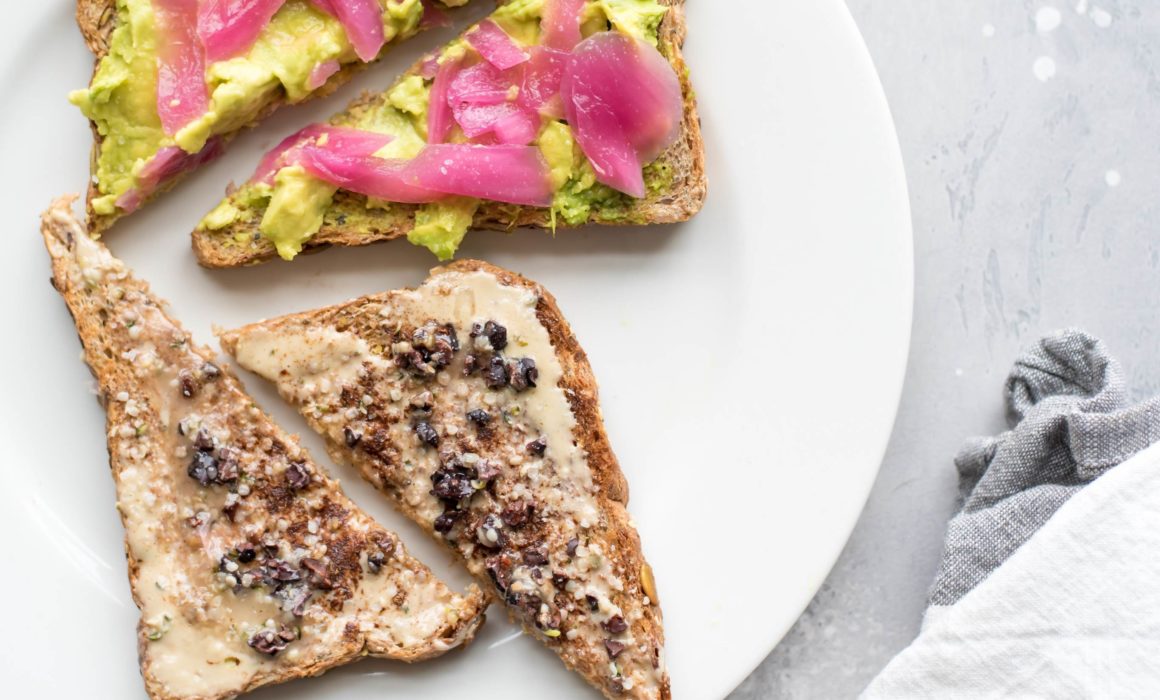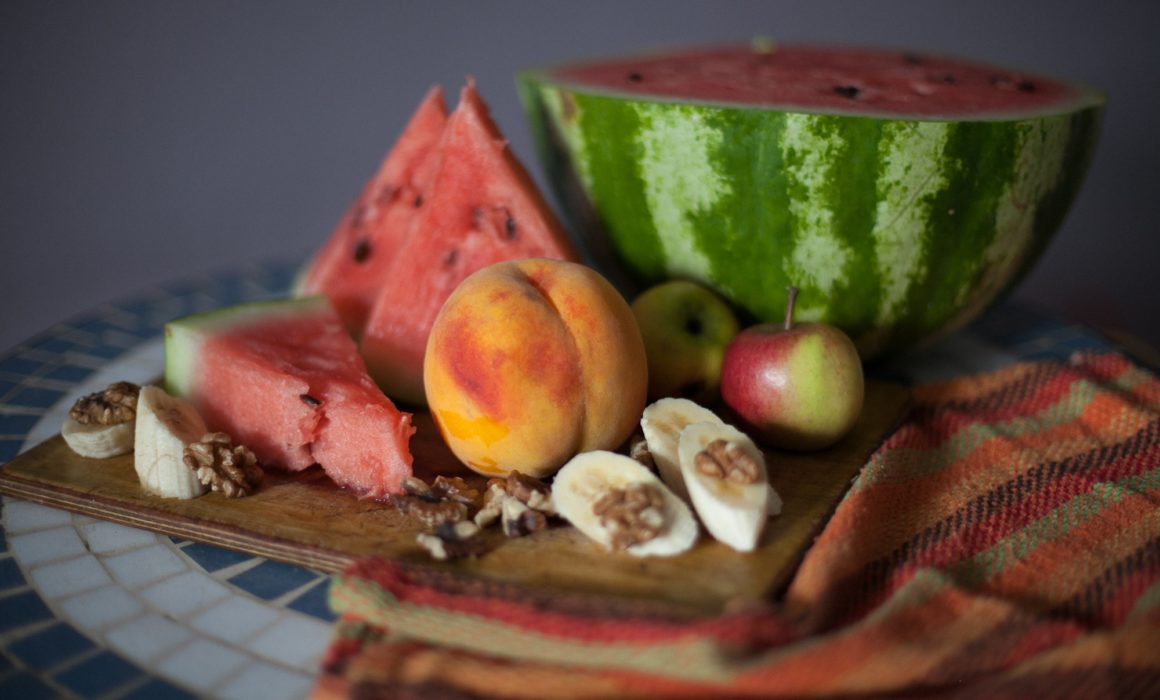The onset of winter almost always sees an increase of those pesky colds and flus. We’ve spent our last two winters more or less in COVID lockdowns, where social isolation has kept the typical viruses at bay. This winter, however, we’re back to living our normal lives. There’s never a convenient time to get sick. Fortunately, our lead Naturopath Tania Flack has you covered with herbal and nutritional medicine.
Green Medicine
Herbs have been used throughout history to modulate and support the immune system and were once all we had to treat infection. The effect of herbs on the immune system has been the subject of intense scientific scrutiny: many have immune-modulating effects. However there are three absolute standouts.
Echinacea acts as an immunomodulator, which means it will stimulate a strong immune system and support one that is weakened. It can be used at any stage of infection, but best results are achieved when taken at the first sign of symptoms.
Olive leaf is naturally rich in antioxidants and has antimicrobial and anti-inflammatory properties. Stephen Eddey, principal of Health Schools Australia, has reviewed the research and reports that olive leaf extract has a powerful twofold action against viral infection. “Firstly, it appears to stimulate phagocytosis (the process in which immune system cells engulf and destroy invading organisms), and secondly it interferes with the ability of bacteria and viruses to replicate and cause infection”.
Andrographis is renowned for its ability to help fight infection and reduce fever. It also acts as a stimulant to the immune system and has mild anti-viral and anti-inflammatory properties. Its efficacy in the treatment of viral upper respiratory tract infections has been demonstrated in several clinical trials, reducing both the severity of symptoms and duration of infection.
The Defensive Diet
Your nutritional requirements skyrocket during an infection. Several key nutrients are particularly important to support speedy recovery and build immune resilience.
Vitamin A improves white blood cell function to help fight off infection, and is vital for healthy mucous membranes. It is found in cod liver oil and eggs or it can be manufactured in the body from beta carotene, which is found in orange and yellow coloured vegetables, such as carrots, red capsicums, pumpkin, and sweet potato.
Vitamin C is perhaps the best known of all nutritional remedies for colds and flu. It is essential for the formation of collagen, tissue strength, and to promote healing. It also acts as a powerful antioxidant. Infection and inflammation rapidly decrease vitamin C stores in the body. Continually replenishing vitamin C helps to overcome infection and ensure a speedy recovery. Good sources of vitamin C include citrus fruit, red and green capsicums, broccoli, Brussels sprouts, kiwi fruit, and strawberries.
Vitamin D helps strengthen the immune system as well as our bones. Regular exposure to sunlight will boost production of vitamin D and you can also increase your levels by eating oily fish, such as herring, salmon, tuna, and sardines.
Zinc is one of the most important minerals to support a healthy immune system. Unfortunately, zinc deficiency is common in Australia. It’s linked to lowered immunity, increased susceptibility to repeated infections, and poor wound healing. Eating more zinc-rich foods can help support immune function; these include oysters, shellfish, red meat, eggs, and liver.
If you tend to get knocked around by colds and flu over winter and you’d like additional support, get in touch with our clinic staff to book an appointment with one of our Naturopaths.









